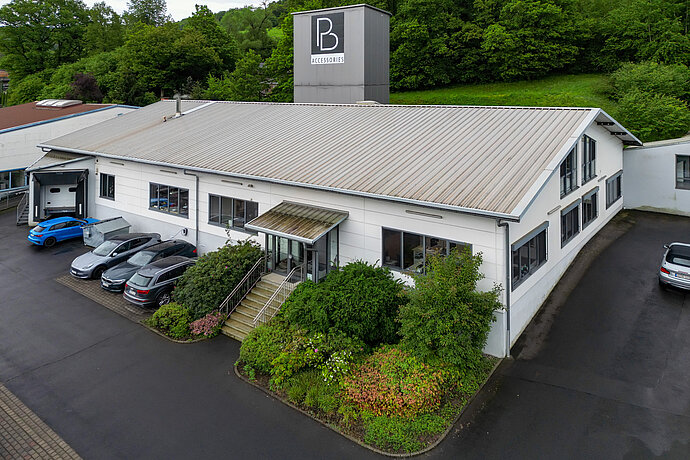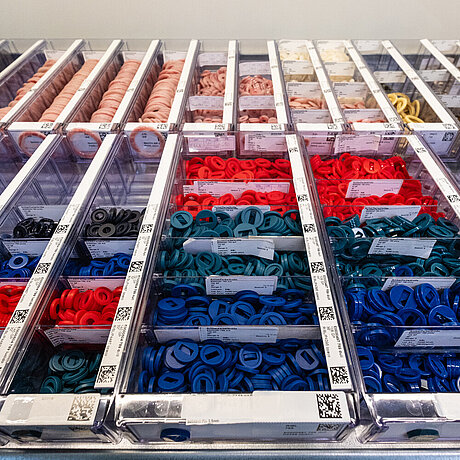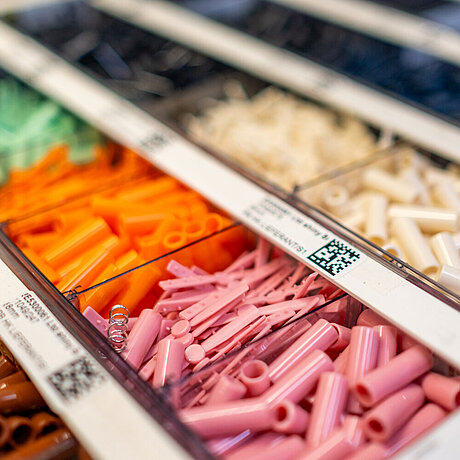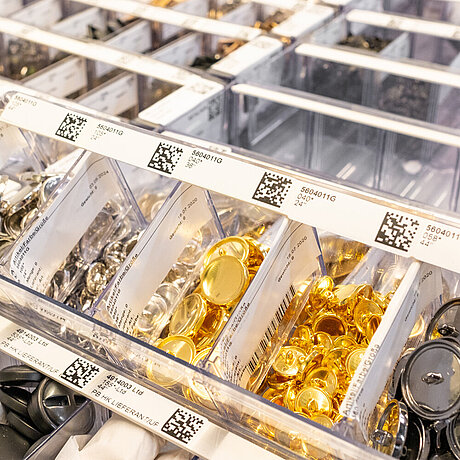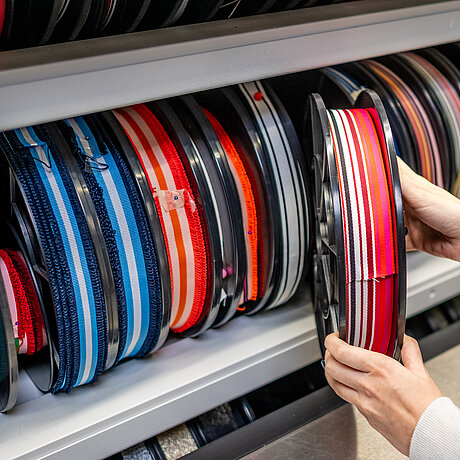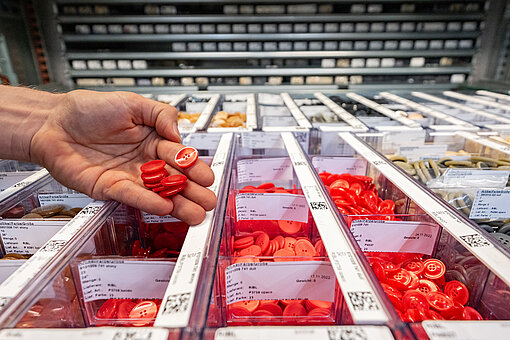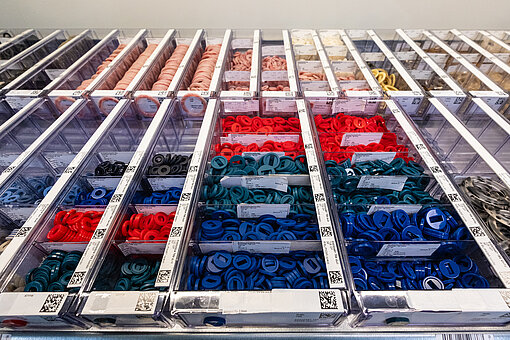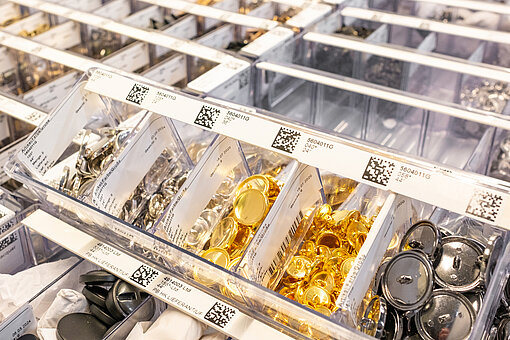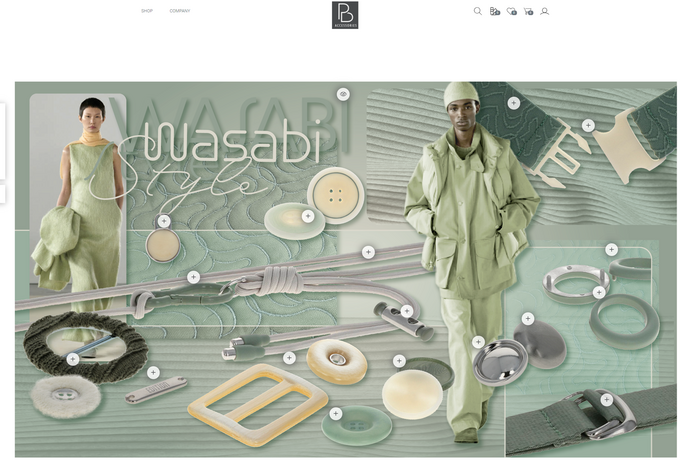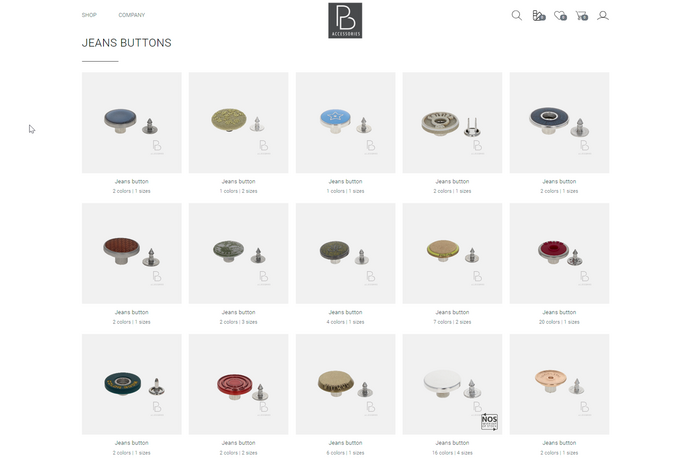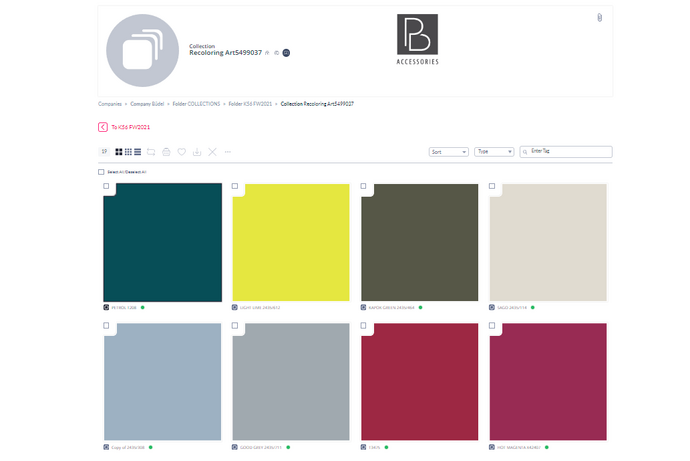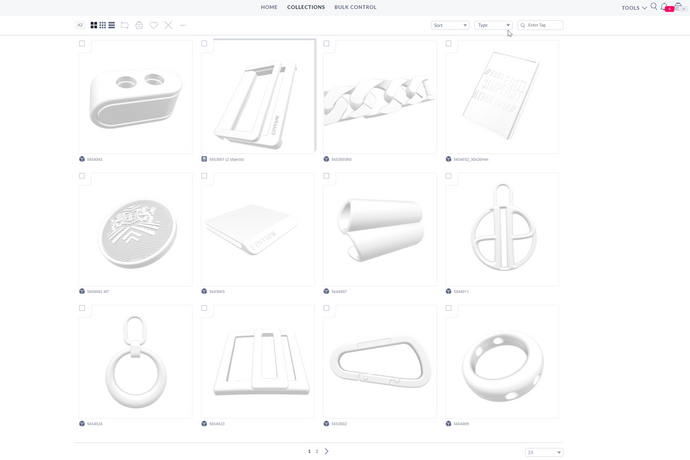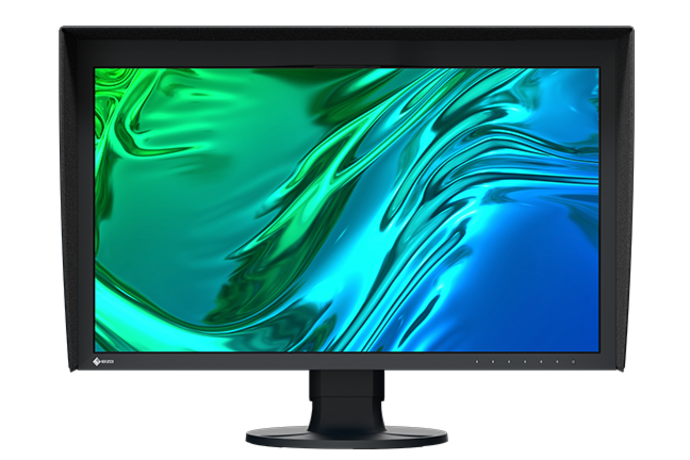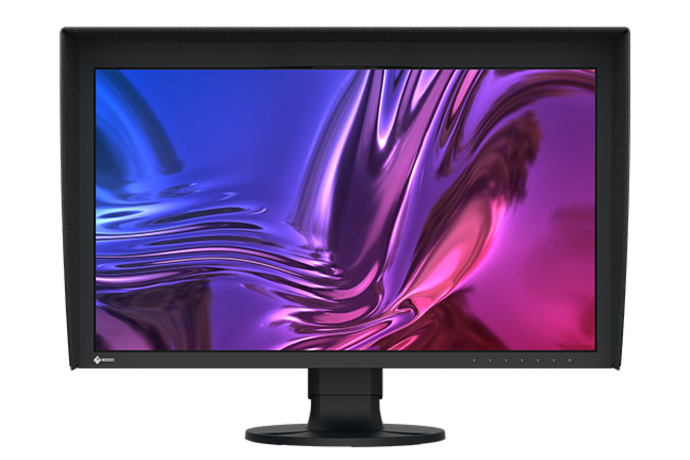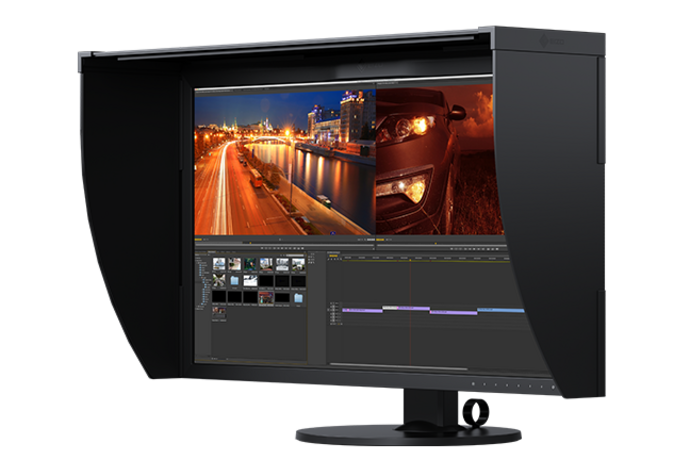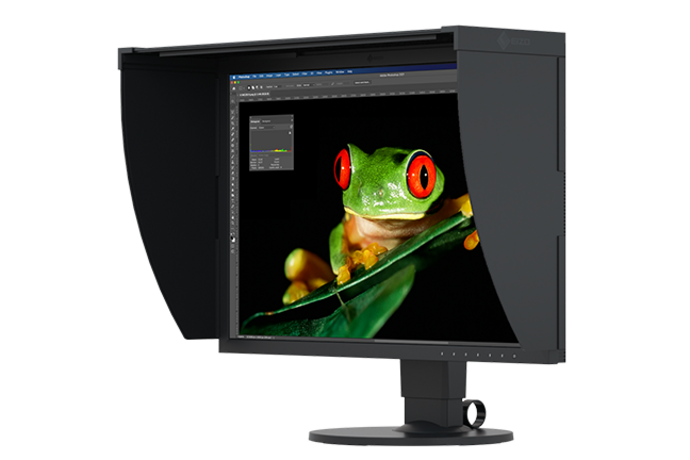There's no such thing as impossible. This could be the company motto of Peter Büdel GmbH (PB Accessories). The owner-managed family business from Laufach in Germany specializes in accessories for the fashion and sportswear industry. Company founder Peter Büdel and his sons Andreas and Christian, who have been running the company in the second generation since 2009, recognized early on the opportunities that lie in the digitalization of all processes. ColorEdge monitors from EIZO have been a key component and important success factor in the digital workflow for many years.
ColorEdge Case Study
Digital transformation in the textile industry
PB Accessories – German family business is an internationally successful innovation leader
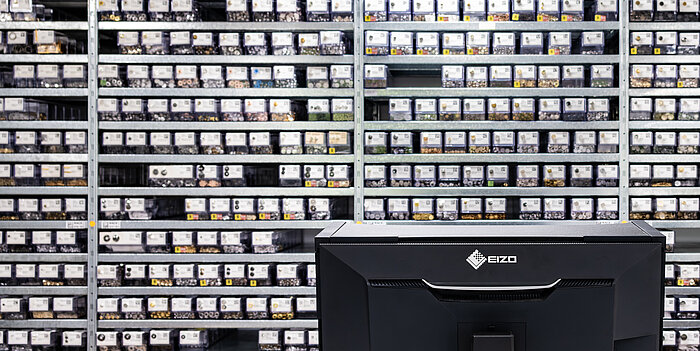
When you ask Andreas Büdel what the company produces, the answer is "ingredients for the clothing industry". You could also put it another way: Peter Büdel GmbH supplies everything that goes into a garment, apart from the fabric from which it is sewn - and much more besides, as over the years the customer base has expanded to include the sportswear industry as well as industries outside of clothing.
Since the company was founded in 1997, PB Accessories has probably already developed over a million different buttons, buckles, ribbons and countless other decorative items. And every year, two collections with 1500 new items are added, as well as numerous other items designed to individual customer requirements. Today, PB Accessories acts more as a "solution provider" than a traditional clothing supplier.
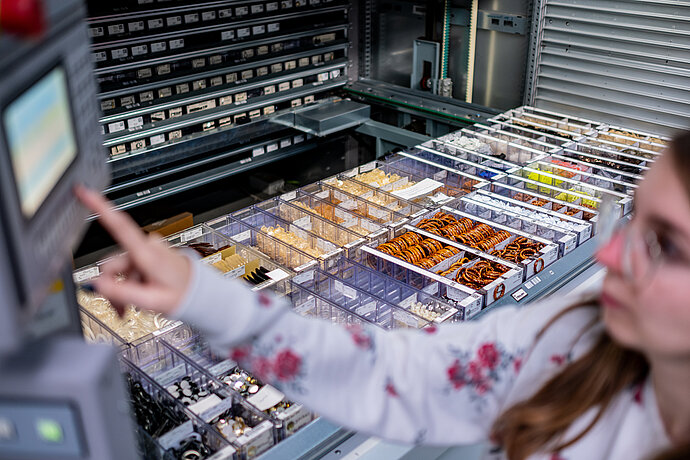
Countless samples of the now over 1 million products are stored in a computer-controlled storage facility
Fashion industry in transition
When Peter Büdel founded the company in 1997, the World Wide Web already existed, but online retail was still in its infancy. Amazon's German website, for example, only went online a year later and the world of the fashion industry was analog through and through. But that was about to change: "Few industries have undergone such a radical transformation in the last 30 years as the German fashion industry.
"Many big names have disappeared," recalls company founder Peter Büdel. During this time, most manufacturers relocated their production sites to other European countries and, above all, to Asia. This presented numerous new logistical challenges, including for suppliers such as PB Accessories, which is why a subsidiary was subsequently opened in Hong Kong.
However, it is not only the production conditions that have changed radically. The purchasing behavior of end customers is also constantly changing: today's market has become much more diverse and fast-moving. Social media allow trends to emerge at lightning speed and often disappear just as quickly. An enormous challenge for brands and their suppliers: development speed and the shortest possible production cycles are crucial to success.
Sales channels are also constantly changing: the decline of large department stores and the growing importance of online retail, be it large platforms or direct sales, require manufacturers and suppliers to adapt to current market requirements.
"Unfortunately, we have already seen many fashion companies die because they were unable to adapt (quickly enough) to the new requirements," regrets Andreas Büdel. "The level of digitalization in the fashion industry still has a lot of room for improvement in most companies. And even large and innovative labels often only have isolated digital solutions, but no coordinated digital workflow that extends from sourcing to design to sales."
Early focus on digitalization
In an increasingly fast-moving environment and an increasingly globalized world, a German medium-sized company can only survive with the highest possible degree of digitalization. Peter Büdel and his sons Andreas and Christian recognized the immense innovation potential and opportunities offered by digitalization in the textile industry early on. In 2003, Andreas Büdel wrote his master's thesis at the end of his studies on the subject of "Digitalization of the supply chain in the textile industry". Christian Büdel gained a wide range of experience in the areas of company organization, process optimization and IT before joining the family business in 2005. To this day, he is enthusiastic about the opportunities offered by digitalization: "The aim of all our digital activities has always been to automate routine tasks and processes as much as possible so that we can focus fully on our customers and our products."
While a large part of the textile industry is still deep in a digital transformation process today, over 20 years later, a fully digital workflow has long been common practice at PB Accessories. This is all the more true when you have so many different products in your range and customers from different areas of the fashion industry, from couture to mass producers.
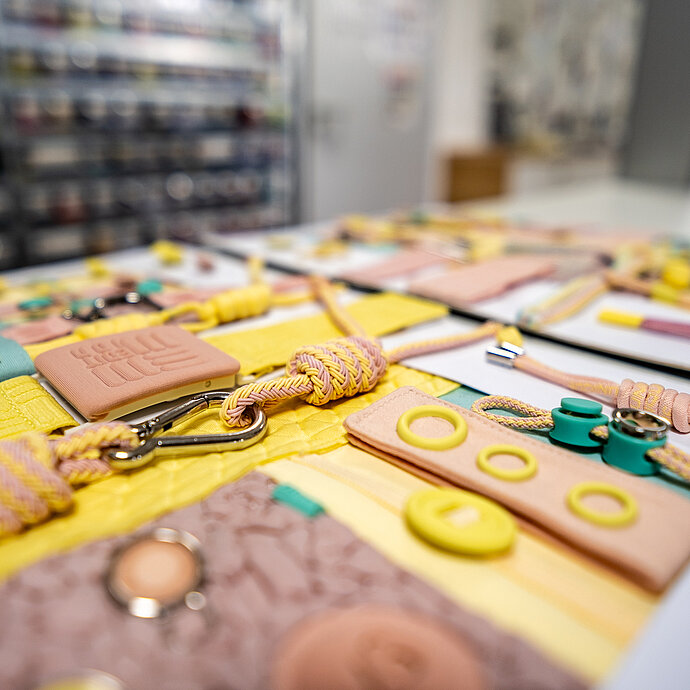
In addition, trims are far more complex than fabrics alone. Fabrics tend to consist of a two-dimensional surface, colors, patterns and textures. Accessories, on the other hand, are often three-dimensional and can have far more variable textures. Accessories also always have one more dimension in terms of data storage, as most items are available in various sizes - a feature that fabrics lack.
"Our recipe for success is to develop the right items at the right time and then deliver them at a reasonable price, in the right quality, in the right quantity and on time - anywhere in the world, wherever the customer or their producer needs them," explains Andreas Büdel. The whole thing is based on a reliable, highly efficient and therefore fully digital workflow for the customer - as well as a global logistics network that PB Accessories has built up over the years.
Platform solutions and monitor hardware as success factors
Three key components are at the heart of the digital workflow at PB Accessories: its own customer portal, the DMIx cloud solutions and the ColorEdge graphics monitors from EIZO.

Precise image display on the monitor is a decisive success factor in any digital workflow
The starting point for an order can either be the company's own customer portal, where customers can access a huge pool of existing products in countless color options. PB Accessories also publishes its own collections twice a year with around 1500 new products, which customers can also use for full digital inspiration if they wish. The products shown here can then form the basis for individual development.
If new products are to be developed according to individual customer requirements or if existing products are to be modified beyond the standard selection in the web store, the DMIx cloud solutions are used.
DMIx cloud as a virtual hub
The DMIx cloud solutions form a digital hub in which suppliers, manufacturers, PB Accessories and customers can work together on the products. Available materials, colors and surfaces are stored here and can be merged with the 3D designs of the client or PB Accessories' in-house designers. The DMIx cloud also offers interfaces to common design tools. Provided the right monitor is used, the entire system is color accurate. The color information is based on spectral values and is therefore independent of ambient light and not dependent on color libraries, which are always limited in the end.
During the design process, customers have the option of deciding whether they want to use one of the up to 1200 basic colors formulated in certain product groups for the accessories to be developed or whether they want to develop an individual color.
In the DMIx cloud, the deviation between the target color and the available color is determined and expressed numerically in a DeltaE value. Both color values can also be compared visually on a calibrated monitor such as the ColorEdge monitors from EIZO. This makes it possible to achieve an ideal balance between cost, time and precision.
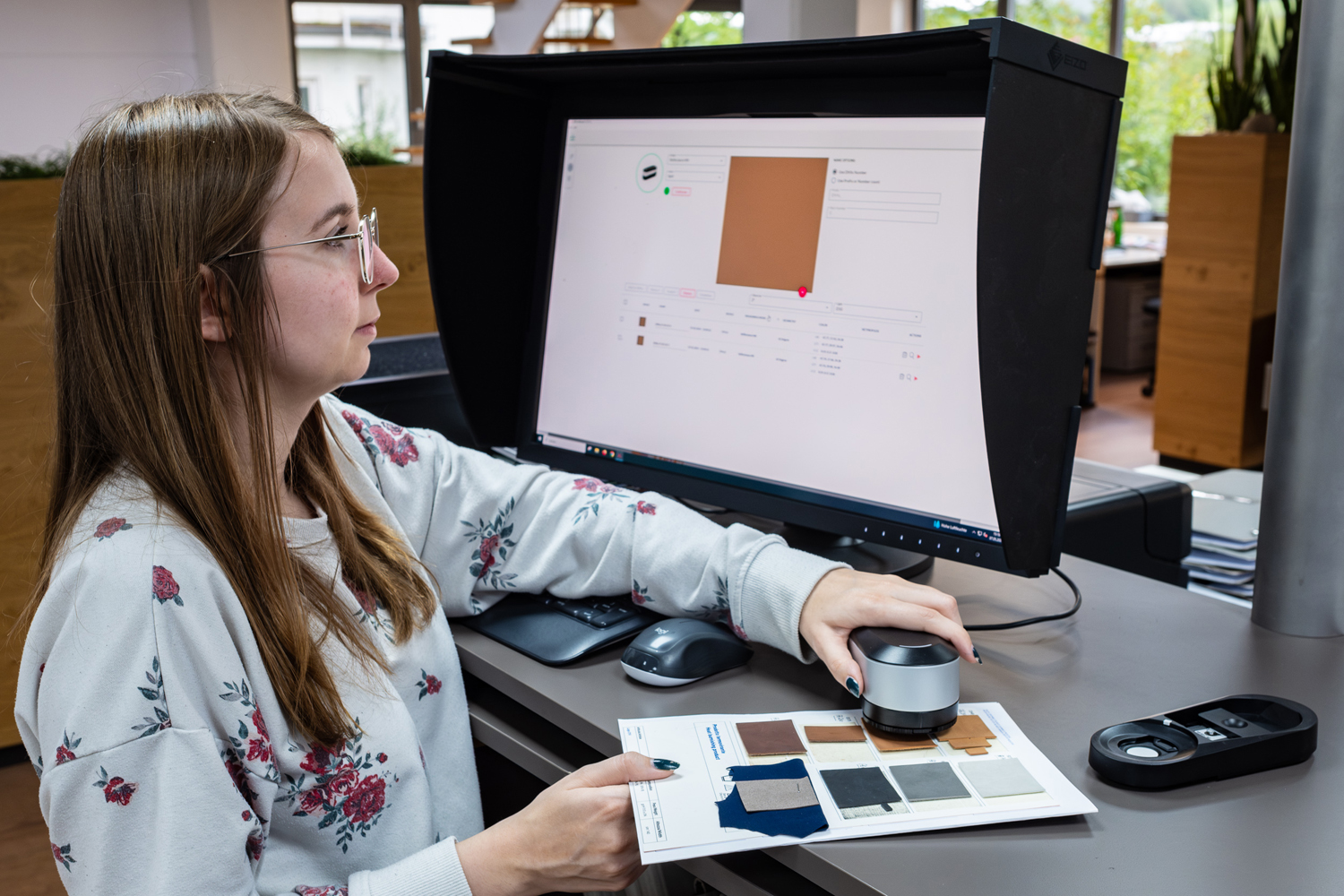
However, the possibilities of the DMIx cloud are not limited to this simple color coordination. Rather, complex, three-dimensional simulations of designs and products can also be viewed and visualized with a wide variety of materials, surfaces and colors and displayed under different lighting situations.

This makes fully digital product development possible, which can theoretically do completely without physical prototypes. This saves an enormous amount of time and resources and leads to a noticeable increase in the sustainability of production.
Once the design process has been completed, the web portal takes over again, handling all communication of product data and, if desired, the ordering process. This is where all the information relevant to both the customer of the products and the specific manufacturing partner comes together. Both can find all relevant information here (material, color, size), but also important care instructions and delivery times as well as the interface to the ERP system.
Monitors as a window to the digital world
While simple color deviations can still be expressed in a numerical DeltatE value that must not exceed a predefined value, high-precision graphic monitors are indispensable as soon as it comes to the visual digital representation of materials, designs and products. “Without the absolutely precise screen display of our digitally created designs, our level of digitization would be unthinkable,” explains Andreas Büdel. “We have to be able to reliably see what a design looks like on the monitor and can't wait for a prototype, which often no longer exists. Color developments and decisions in particular are often extremely time-critical and the digital workflow is therefore indispensable!”
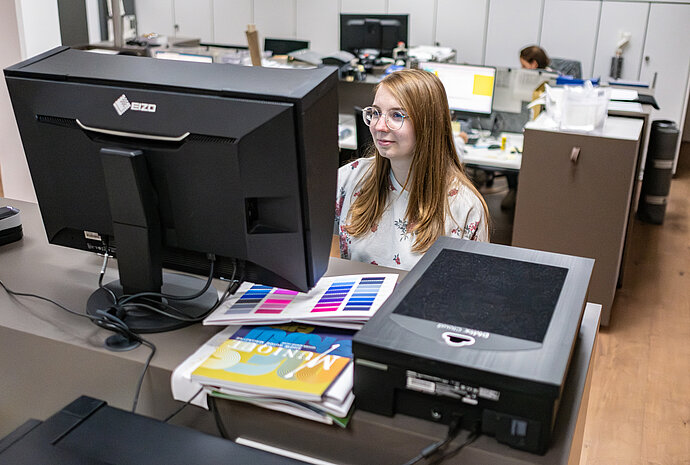
ColorEdge monitors from the CG series are also used in the "Color Station", the interface to the DMIx cloud
This is why PB Accessories uses ColorEdge monitors from the CG series at all color-critical workstations. "We particularly appreciate the excellent precision of the CG series monitors, which we can rely on at all times and without the need for additional active maintenance," explains Christian Büdel. In order to ensure an absolutely stable image display at all times, the monitors automatically calibrate themselves at set intervals. This is made possible by the integrated calibration sensors of the ColorEdge CG series. Users in front of the monitor can therefore always rely on the absolute precision of the image display without having to invest additional time and effort in the regular manual recalibration of their monitors.
Sustainability and commitment
In addition to speed and cost savings, sustainability is also a huge motivating factor for digitalization. Immense resource savings can be achieved in the sourcing, design and production process as well as through faster and more targeted production tailored to the needs of customers. Every prototype that is not produced (and not sent by post) makes an important contribution to increasing sustainability in an industry that is unfortunately still comparatively backward in this respect. However, the knockout criterion in digital product development is always reliability, i.e. that the customer can trust that the digital visualization corresponds 1:1 to the physical product delivered at the end - this requires the most precise software and hardware components! "It is important that everyone involved develops common exchange formats and standards and pulls together," says Andreas Büdel, summarizing important success factors. While many companies are still in the midst of digital transformation, PB Accessories can concentrate on optimizing the well-established digital workflow together with suppliers, customers and its team. Andreas and Christian Büdel agree: "We are incredibly proud and grateful that all of our employees have also joined us on this journey. After all, a successful change can only succeed if it is supported and driven forward by everyone. This allows us to look to the future with optimism, despite all the challenges facing the industry."

